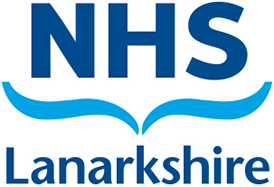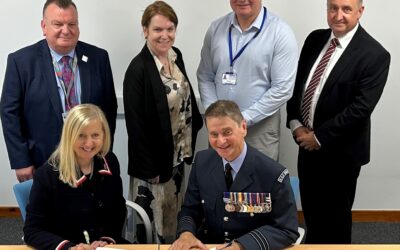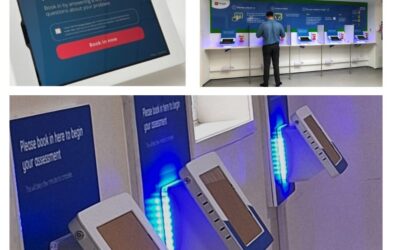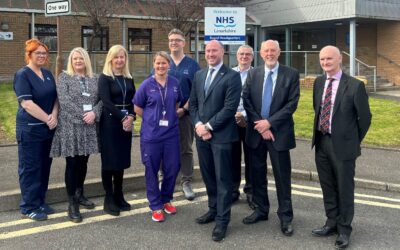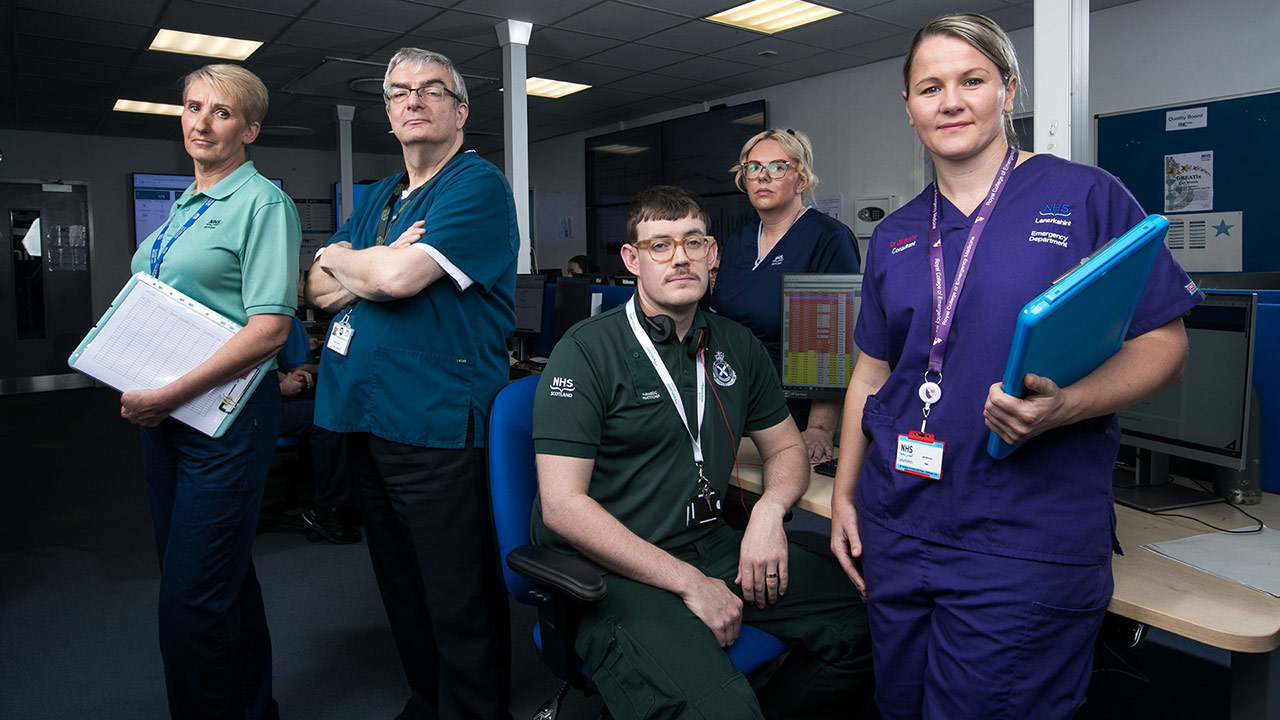
Interface
The Interface Directorate’s over riding aim is to support coordinated, advanced, and timely care to patients during some of the most vulnerable moments of their lives.
interface
noun
- a point where systems, people, services, etc. meet and interact:
The Interface Directorate aims to drive and influence improvements, collaboration, cohesion and communication – the ‘interface’ – across all components of the healthcare system, from primary, hospital and community care. A key aim is to ensure that patients receive seamless, timely care.
For clear answers to key questions about the broader work of the Directorate see our FAQs below.
Frequently Asked Questions (FAQs)
Can you explain ‘Interface’ in everyday terms?
Imagine someone who has had a minor, but potentially costly, car accident. They call their insurance company and go through a series of options, none of which match their specific issue. After a lengthy wait, they finally speak to a representative who listens but has to transfer the call to another department. Another lengthy wait ensues before they are required to explain the situation – all over again.
In healthcare, the stakes are invariably much higher than a broken car light or dent. Despite the exceptional work and compassionate care being delivered daily by dedicated staff, the health and social care system can sometimes feel large and complex. Similarly, the pressure and demand on the system is as great as it is dynamic. For some patients — who are often in vulnerable situations — their first contact with the negotiating this system can feel similar to the insurance call example. Ultimately this experience can feel confusing, frustrating and frightening.
In essence, the Interface Directorate aims to minimise this experience by driving and influencing improvements, collaboration, cohesion and communication – the ‘interface’ – across all components of the healthcare system, from primary, hospital and community care. It works to ensure that patients receive seamless, timely care by enhancing how services are delivered.
Interface explained:
The Interface Directorate’s over riding aim is to support coordinated, advanced, and timely care to patients during some of the most vulnerable moments of their lives. This short clip explains interface in a nutshell.
How can this be achieved in practical terms?
The Directorate harnesses cutting-edge technology and innovation while keeping compassion and simplicity at the forefront. For example, improving communication between different parts of the healthcare system can prevent patients from having to repeat their story multiple times. Small changes like this can have a big impact, ensuring smoother care transitions for patients and more efficient workflows for staff.
What are the key principles guiding the Interface Directorate?
The Directorate operates on three core principles:
- Individual-centered care (Getting It Right for Everyone – GIRFE): Tailoring services to meet individual patient needs and making healthcare more personal and effective.
- Values-based healthcare: Prioritising sustainable practices and involving patients and families in decision-making to ensure care is meaningful and beneficial.
- Collaboration: Working with academia, industry, government, and community groups to co-create innovative and practical healthcare solutions.
What are the main components of the Interface Directorate?
The Directorate includes several key components:
Live and in development:
- FNC+Plus (Flow Navigation Centre Plus): Manages unscheduled care, guiding patients to the right services quickly to improve outcomes and reduce strain on hospital resources. (See final question below)
- Virtual wards: Provides high-quality care to patients at home through remote monitoring, reducing hospital stays and offering comfort in familiar surroundings.
- eTriage: This digital self-check-in system helps streamline patient flow in Emergency Departments by enabling patients to self-register and answer clinical questions via touchscreen kiosks. The collected data assists clinicians in quickly identifying the most urgent cases, reducing wait times and improving patient outcomes. eTriage enhances, rather than replaces, traditional triage processes. For more info visit: https://www.nhslanarkshire.scot.nhs.uk/interface/etriage-faqs/
eTriage in 90 Seconds
NHS Lanarkshire’s 90-second video offers a clear and concise introduction to eTriage – a digital triage system designed to improve patient safety and streamline clinical workflows. The film explains how eTriage works, highlighting key benefits for patients and staff. It serves as a quick, essential overview of this innovative new tool. - Call Before You Convey: We are already seeing encouraging results from our Call Before You Convey (CBYC) programme. This initiative enables ambulance staff to consult with emergency consultants before reaching the hospital.
In the pipeline:
- System Control: Currently under development, this tool will use advanced data analytics to predict healthcare needs and manage resources effectively.
Interface brought to life
See interface in action: One aspect of interface, Flow Navigation Centre Plus, is brought into sharp focus in Marlyn’s story
This film also provides a glimpse of an approach – using remote monitoring – which will be scaled up in Lanarkshire soon.
How does the Interface Directorate benefit patients?
The Directorate makes healthcare more responsive and patient-focused. Tools like FNC+Plus and Virtual Wards reduce wait times and unnecessary hospital admissions, while personalised care ensures that treatments are tailored to each patient’s needs. As the Directorate develops, we’ll incorporate patient stories to illustrate these functions in action.
What’s in it for staff?
For staff, the Interface Directorate improves collaboration and streamlines processes, aiming to make work more much more manageable.
The use of cutting-edge technology and expert knowledge gives staff the tools they need to make informed decisions quickly.
The Directorate also fosters a more cohesive working environment, enabling teams across primary, secondary, and community care to support one another, ultimately benefiting both patients and staff by reducing pressure on the system.
How is technology being used to enhance care in the Interface Directorate?
Technology underpins all aspects of the Directorate, from digital systems that speed up patient processing to remote monitoring that supports patients at home. These tools ensure that care is efficient, proactive, and tailored to individual needs, combining innovation with compassionate care.
Pathways to the overall goal
This short film provides more details on the aims of interface and the ‘five pathways’ making those aims a reality
How important is the expertise of staff in this change?
The Flow Navigation Centre Plus (FNC+Plus) provides a compelling example. It is at the heart of NHS Lanarkshire’s efforts to transform the health and care system.
While it may look like a high-tech control room with walls of screens displaying real-time data, it’s powered by the compassion and expertise of its staff.
The team include nurses, consultants, and Scottish Ambulance Service staff, who use their shared experience and dedication to guide patients through some of the most vulnerable moments of their lives.
Liaising with health and care colleagues from across Lanarkshire 24/7, they do this by directing patients to the right part of the system, so care can have provided in the right place and the right time.
Technology supports this care, but the driving force is the collective experience and compassion of our remarkable staff.
Interface in Action
Leaders in Flow Navigation meet in Lanarkshire to strengthen collaboration
NHS Lanarkshire – recognised nationally for...
NHS Lanarkshire signs Armed Forces Covenant to reaffirm commitment to service community
NHS Lanarkshire has formally signed the Armed...
Worldly-wise bus driver’s journey to recovery – driven by compassion and technology
A worldly-wise bus driver who spent years...
First glimpse: eTriage at University Hospital Wishaw
Patients and visitors to University Hospital...
Chief Executive praises staff after first week in post
NHS Lanarkshire’s new Chief Executive, Louise...
New one-Stop eTriage resource for staff now live
To support the rollout of NHS Lanarkshire’s new...
Cabinet Secretary hails incredible efforts of NHS Lanarkshire staff as “a source of hope”
Staff at NHS Lanarkshire’s Flow Navigation...
The strength of community celebrated at Wellness in Wishaw event
Wednesday’s Wellness in Wishaw event was a...
Lanarkshire’s Frailty Strategy helping people live independently at home
University Health & Social Care North...
Frailty Strategy helping people live independently at home
University Health & Social Care North...
Interface Espresso webinars – prioritising dialogue
The Interface Division is delighted to announce...
Cabinet Secretary Neil Gray commends innovative approach
Cabinet Secretary for Health and Social Care,...
Battling mum praises innovative health team after second fight back from adversity
An inspiring mum who beat cancer has now made a...
New reel focuses on right ingredients for seamless care
A new film brings to life the story of Marlyn...
